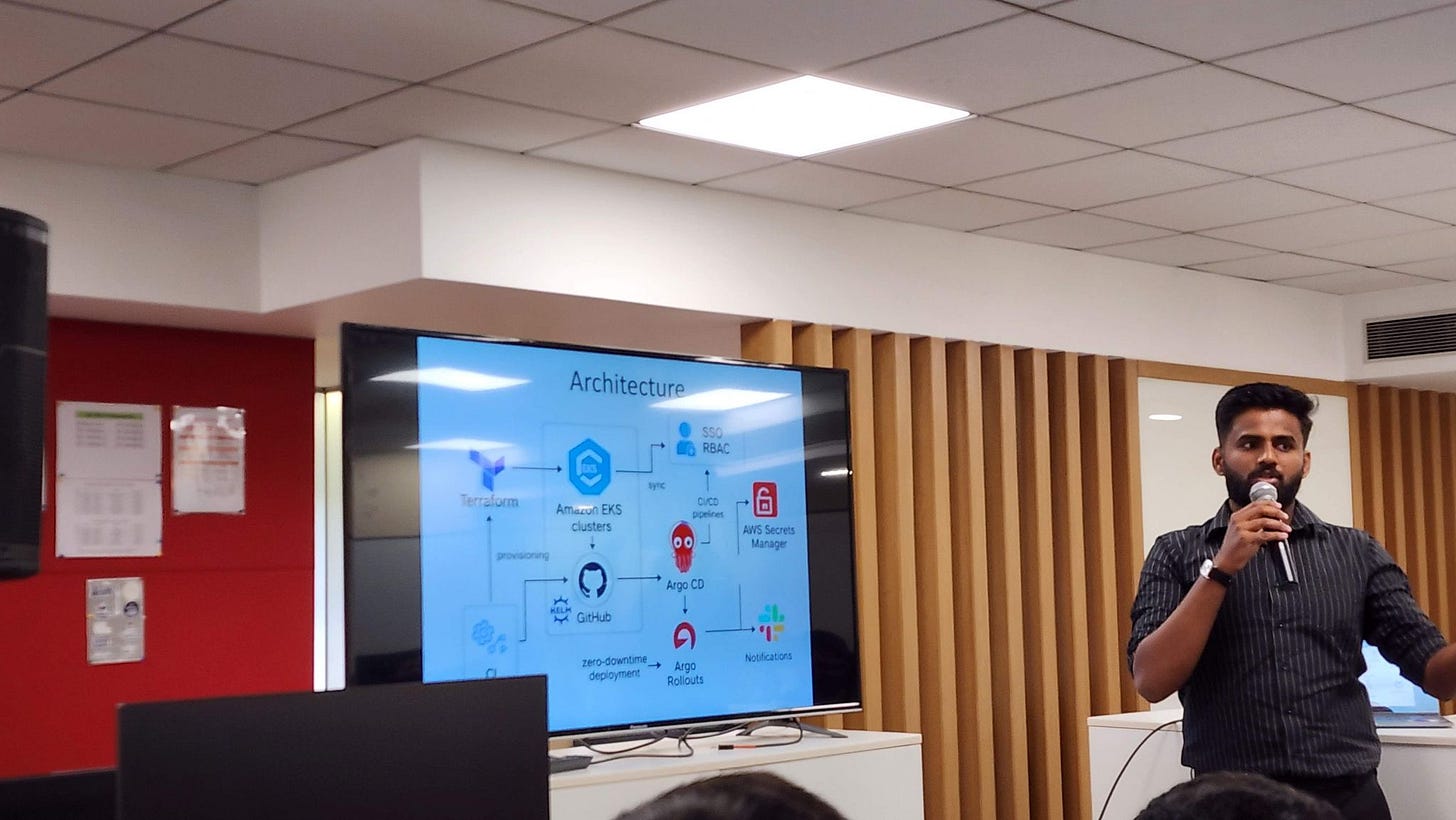Microsoft Fabric SQL Mirroring, BI Chaos, Medallion Architecture, Wide Tables for Warehouses, and AI for Enterprises
This week's reality checks from the data engineering frontlines on Text-to-SQL, wide tables, Medallion architecture, Microsoft Fabric, and more (plus where to find us IRL)
📊 Wide Tables: The Performance Paradox in Modern Data Warehouses
Turns out even cloud-native warehouses have their limits when it comes to handling tables with hundreds of columns - who would have thought more isn't always better? Let’s say what this Reddit discussion says:
Column count matters more than row count for query performance, especially when your SELECT * queries start timing out (looking at you, analysts who never learned to specify columns)
Indexing and partitioning strategies can save wide tables from themselves, but proper schema design beats optimization band-aids every time
The normalization vs denormalization debate continues - wide tables offer query simplicity but at the cost of maintenance complexity and storage efficiency
Modern doesn't mean magical - even Snowflake and BigQuery have physics to contend with, so design your schemas thoughtfully rather than throwing everything into one massive table.
🔄 SQL Server Mirroring: A Journey Through On-Prem to Cloud Reality
One brave soul documented their Microsoft Fabric mirroring adventure, complete with the inevitable "it's more complicated than the documentation suggests" moments we all know and love.
Thorough testing isn't optional - what works in dev might fail spectacularly in production with real data volumes and network constraints (Murphy's Law applies double to data replication)
Unexpected downtime happens even with the best planning, so having rollback strategies and communication plans ready isn't paranoia, it's professionalism
Real-world accounts beat vendor demos every time - this kind of honest experience sharing helps the community avoid the same pitfalls (we need more of this transparency)
Migration stories like this are worth their weight in gold because they show the messy reality behind glossy case studies (plus they remind us we're not alone in fighting these battles).
🤖 ToolFront: Open Source Text-to-SQL That Actually Works
Finally, someone built a text-to-SQL tool that doesn't hallucinate database schemas - this open-source Python library provides AI agents with safe, read-only access to understand and query your actual database structure.
Schema hallucination is a real problem when AI models invent table names and columns that don't exist (we've all seen those confidently wrong SQL queries)
Read-only by design means you can let AI explore without worrying about accidental data modification or deletion (security through architecture, not just permissions)
Bridging natural language and SQL effectively could democratize data access for non-technical users while keeping data teams in the loop
This feels like a genuine step toward making AI useful for database interactions rather than just impressive demos.
🎯 When Your BI Users Go Rogue (And How to Manage the Chaos)
Ever wonder what happens when business users start creating their own reports without guardrails? This Reddit thread dives into the eternal struggle between user autonomy and data governance (spoiler: it's messier than your staging tables).
Self-service can backfire spectacularly when users don't understand the underlying data model (leading to those "why don't our numbers match?" conversations)
The consensus points toward controlled flexibility - give users sandbox environments and clear training rather than locking everything down (nobody wants to be the data team that says "no" to everything)
Dynamic datasets beat one-off reports - building reusable, parameterized datasets serves multiple users better than custom builds for every stakeholder request
The sweet spot isn't choosing between control and chaos, but designing systems that let users explore safely while keeping your sanity intact (trust me, future you will thank present you).
🏗️ The Medallion Architecture Farce: When Marketing Meets Data Modeling
This brutal takedown from Confessions of a Data Guy pulls no punches about Databricks' "medallion architecture" - calling it: rebranded data warehousing concepts with shinier marketing.
Bronze/Silver/Gold is just RAW -> FACT/DIM with extra steps (and extra storage costs that conveniently benefit your cloud provider)
The confusion is real - Reddit threads still ask "what's the difference between Silver and Gold?" because the distinctions are genuinely unclear (when seasoned engineers can't explain it simply, something's wrong)
Three decades of proven data warehousing patterns work just fine in your lakehouse - no need to invent new terminology for staging, transformation, and marts
Sometimes the emperor really has no clothes, and this piece reminds us to steel-man vendor propositions before adopting their latest architectural innovations.
Community & Events:
We recently hosted an SRE meetup right here at the e6data office where Pranav from our team spoke about "Battle-Tested GitOps with ArgoCD" to a packed house.
Also, We're hitting the road (and the skies) this season! You'll find us at
Big Data London (24-25 Sep, 2025)
Databricks World Tour Mumbai (19 Sep, 2025)
Two events where the data engineering community gathers to share war stories and debate the merits of yet another lakehouse architecture.
We’re growing! Explore open engineering roles → here



